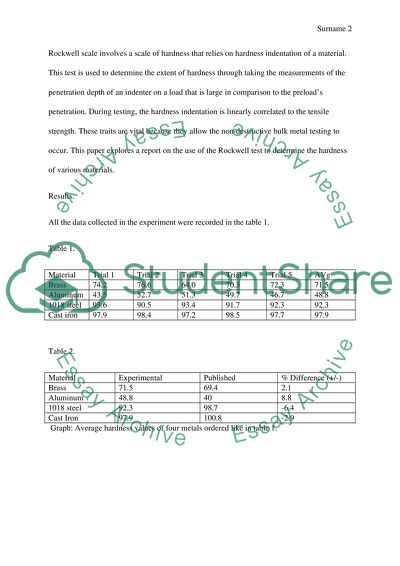Cite this document
(“The Scale of Hardness by Rockwell Scale Lab Report”, n.d.)
Retrieved de https://studentshare.org/engineering-and-construction/1466397-the-scale-of-hardness-by-rockwell-scale
Retrieved de https://studentshare.org/engineering-and-construction/1466397-the-scale-of-hardness-by-rockwell-scale
(The Scale of Hardness by Rockwell Scale Lab Report)
https://studentshare.org/engineering-and-construction/1466397-the-scale-of-hardness-by-rockwell-scale.
https://studentshare.org/engineering-and-construction/1466397-the-scale-of-hardness-by-rockwell-scale.
“The Scale of Hardness by Rockwell Scale Lab Report”, n.d. https://studentshare.org/engineering-and-construction/1466397-the-scale-of-hardness-by-rockwell-scale.


